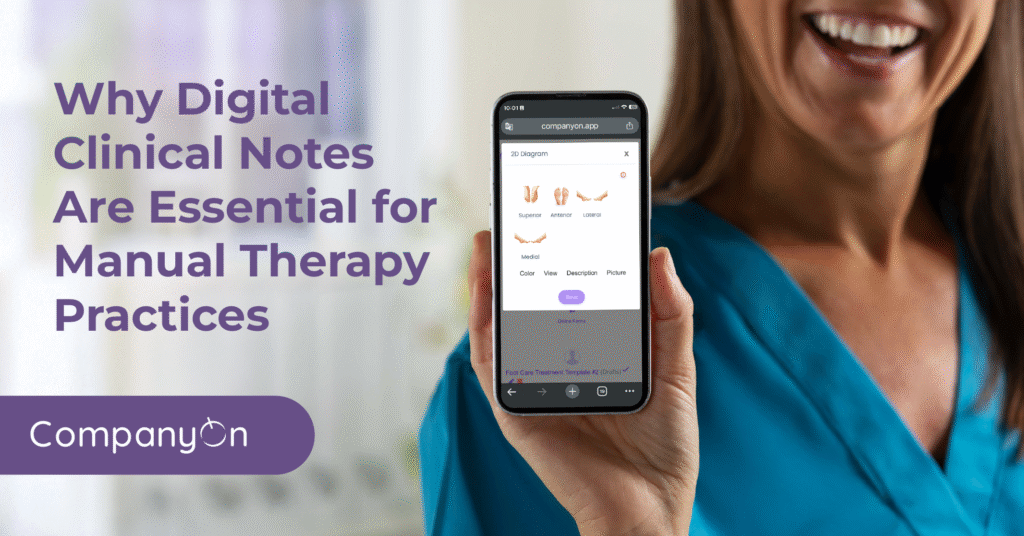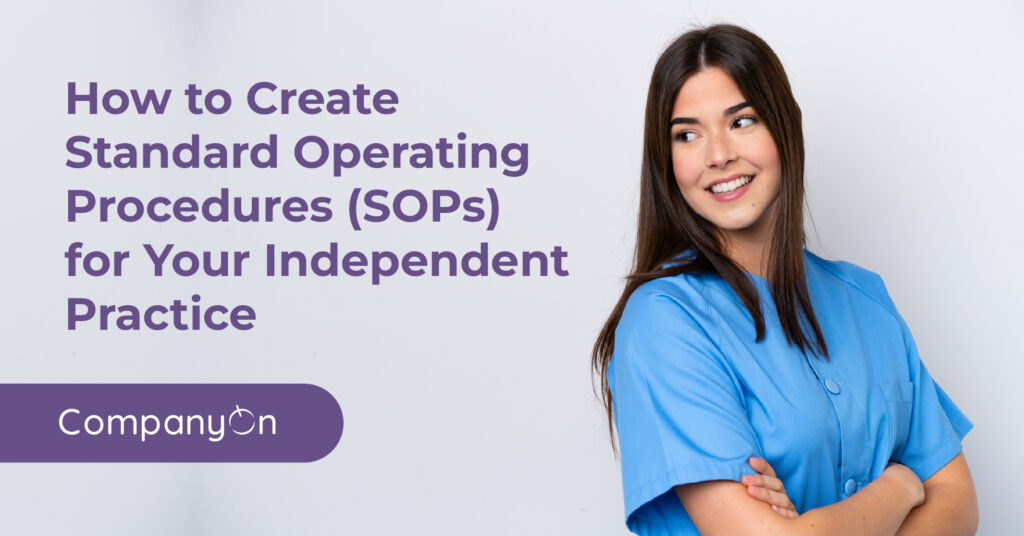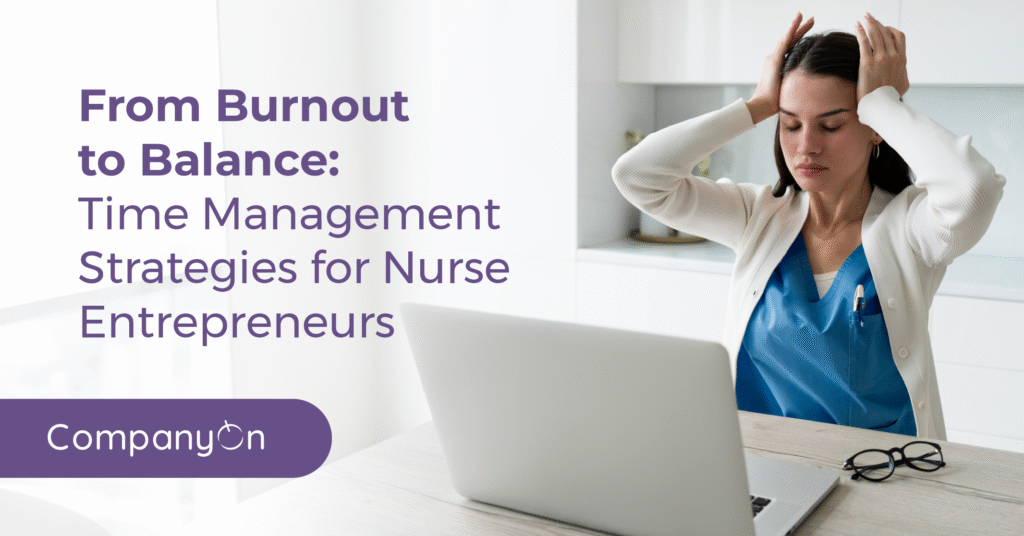Patient feedback is more than just an evaluation tool—it’s a strategic compass that guides the growth and evolution of any modern healthcare practice. For independent professionals and small clinics, actively listening to patients can make the difference between a stagnant practice and one that is continuously expanding. In a competitive environment where customer experience defines loyalty, every interaction becomes a chance to learn, adjust processes, and strengthen relationships.
Implementing a feedback-driven culture helps uncover hidden opportunities, anticipate patient needs, and develop a sustainable competitive advantage. With the support of digital tools like those offered by CompanyOn, collecting, organizing, and acting on feedback has never been easier.

Why Patient Feedback Matters
Every opinion, comment, or suggestion is a chance to improve. Listening to your patients allows you to:
- Identify service gaps or bottlenecks in the patient journey.
- Align your services with what patients actually need.
- Strengthen patient-clinic relationships.
- Improve patient retention metrics.
Simple and Effective Strategies to Collect Feedback
You don’t need complex systems to get started. These strategies are easy to implement and can deliver quick results:
1. Automated Post-Visit Satisfaction Surveys
Use automation to send a patient satisfaction survey after each appointment. Keep it short and ask clear questions about care quality, wait times, staff friendliness, and ease of booking.
Tip: Integrate these surveys into your clinic management software for seamless delivery.
2. Anonymous and Secure Digital Forms
Using online forms, you can create a permanent and private channel for patients to share feedback. Anonymity encourages honest and constructive suggestions.
Example: A “Tell us how we can improve” form on your website or patient portal.
3. Monitor Online Reviews and Comments
Keep an eye on reviews on Google, social media, or platforms like RateMDs. Besides responding professionally, look for recurring themes to identify areas of improvement.
Pro Tip: Use online reputation management strategies to manage feedback more efficiently and maintain a positive public image.
4. Quick Interviews or Waiting Room Questions
If time and resources allow, ask patients directly how their visit went and what could be improved. These casual conversations often reveal valuable insights.
Suggestion: Use a tablet with quick prompts like “What did you like most and least about today’s visit?”
What to Do with the Feedback You Collect
Collecting feedback is just the first step. The real value lies in taking action:
- Spot patterns: If many patients mention long wait times, consider implementing a digital waitlist or improving your appointment scheduling.
- Streamline workflows: If there’s confusion during patient intake, revisit your intake process.
- Review your forms and consents: Negative feedback may point to issues in your eConsent forms.
Digital Tools to Collect and Analyze Feedback
CompanyOn makes this process easier by offering:
- Customizable dynamic forms
- Automated post-visit survey delivery
- Patient experience tracking tools
- Integration with EHR for analyzing patient charting
Benefits of a Strong Feedback Strategy
Building a feedback-focused system leads to tangible outcomes:
- Greater patient loyalty and trust
- Continuous process improvement
- Clear differentiation from competitors
- Data-driven decision-making
Conclusion
Patient feedback is one of the most valuable assets for any modern healthcare practice. Rather than seeing it as criticism, embrace it as a roadmap to growth, innovation, and better service.
Remember: every interaction is an opportunity. With tools like CompanyOn, you can turn feedback into clear strategies to improve and sustainably grow your practice.
Ready to make the switch?
Try Our Platform Free for 14 days.
See CompanyOn in Action
Schedule A Free 1:1 Personalized Demo





